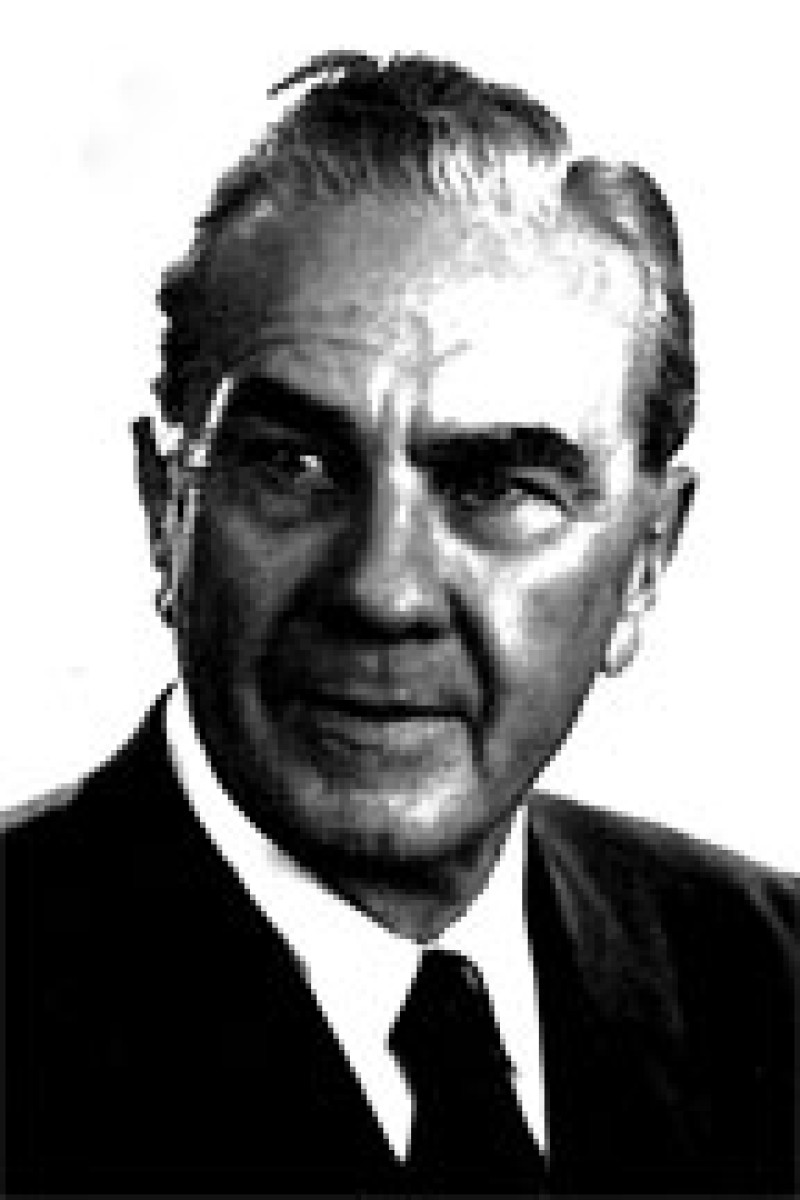Paul Morgan Herbert
Before serving on the Supreme Court, Paul Morgan Herbert was a respected trial attorney known for his vigorous advocacy for his clients. As a tribute to him, his friend and sometime adversary, Earl F. Morris, wrote, “Justice Herbert left the practice, to the relief of the civil defense bar, on Jan. 1, 1963, following his 1962 election to the Court.”
Herbert was born on Dec. 2, 1889 in Marseilles, Ohio to Lemuel Grove and Laura Kissel Herbert.
From the Ohio State University, Herbert graduated with a bachelor’s degree in 1912. Since he had no funds to attend law school full-time, he taught high school in Hicksville, Ohio for two years and in Marionette, Wisc. for one year. During summer vacations, he took courses at the University of Michigan Law School. In 1916, he enrolled full-time at the Ohio State University Law School to finish his degree. Herbert passed the bar exam in February 1917. He was admitted to practice law in Ohio and never returned to finish his law school studies.
After the United States entered World War I, Herbert enlisted in the U.S. Army on April 8, 1917. After the armistice, his regiment received orders to return to the United States, but Capt. Herbert received an order to go to the American Expeditionary Forces headquarters in Chomont, France. There, he gained valuable trial experience, defending enlisted servicemen who were court-martialed for a variety of charges, including cowardice in the face of the enemy, rape, disobedience of orders, burglary and bank robberies. He successfully defended all of his clients and he was discharged on Jan. 10, 1920.
Returning to Columbus, Herbert opened a law practice in 1920. Quickly, he became known as the best trial lawyer in Columbus. His vigorous defense saved many of his criminal clients from being executed. In civil cases, he was a plaintiff’s lawyer noted for winning large sums of money from railroads for those who were killed or maimed by the trains. Lawyers who opposed him wrote that he was the master of witness cross-examination and he was extremely persuasive in his closing arguments to the jury.
In 1921, Columbus City Attorney Charles A. Leach appointed Herbert police prosecutor, where he prosecuted cases until 1923. The voters of Franklin County elected him to the Ohio House of Representatives in 1922 and he was re-elected in 1924. Switching chambers, he was elected to the Ohio Senate in 1926 and re-elected in 1928.
Herbert was elected lieutenant governor in 1938 and re-elected in 1940 and 1942. For the sake of Republican Party unity, Herbert decided not to challenge Thomas J. Herbert (no relation) for the nomination for governor in 1946. He defeated George D. Nye in the general election for lieutenant governor. When Herbert sought re-election in 1948, Nye defeated him. In 1956, Herbert again entered the race for lieutenant governor, winning his fifth term. In 1958, his re-election bid was unsuccessful.
At age 72, Herbert was elected Justice of the Supreme Court of Ohio in 1962. Justice Charles Zimmerman administered the oath of office in the hearing room of the Supreme Court on Dec. 21, 1962.
In the field of product liability law, an important 1965 case often cited is Inglis v. American Motors Corporation. Irvin S. Inglis purchased a Rambler automobile, based on advertising that the cars were trouble-free, economical in operation and built with high qualities of workmanship. Upon receiving the automobile, Inglis discovered the car had many defects, including oil leaks, improperly hung doors, a defective oil pump.
He sued the manufacturer, American Motors Corporation, for a breach of warranty. Previous court decisions had ruled that a manufacturer could not be liable if a contract did not exist between the purchaser and manufacturer, personal injuries did not result from use of the product or that the manufacturer was not willfully negligent. Herbert wrote in the majority opinion that consumers rely heavily on the manufacturer’s advertisements as to the safety and quality of the product. There is an implied warranty that the product works as advertised. When the product does not work, he wrote, they should have recourse to seek damages from the manufacturer.
In 1968, the Modern Courts Amendment was passed by the voters of Ohio. It changed the Ohio Constitution to state that successful candidates for judicial office could not turn 70 years old prior to the commencement of an elected term. Since Herbert was 78, he could not run for re-election in 1968.
In his retirement, Herbert lectured extensively on the U.S. Constitution. Herbert died on July 5, 1983 in Dublin. He is buried in Union Cemetery in Somerset, Ohio.
Herbert married Ruby F. Thomas on Aug. 15, 1924 and they had two children. Herbert’s portrait was dedicated on Oct. 31, 1984, and hangs in the library of the Supreme Court.

b. Dec. 2, 1889
d. July 5, 1983
121st Justice of the Supreme Court of Ohio
TERM
Jan 1, 1963
to Dec 31, 1968
